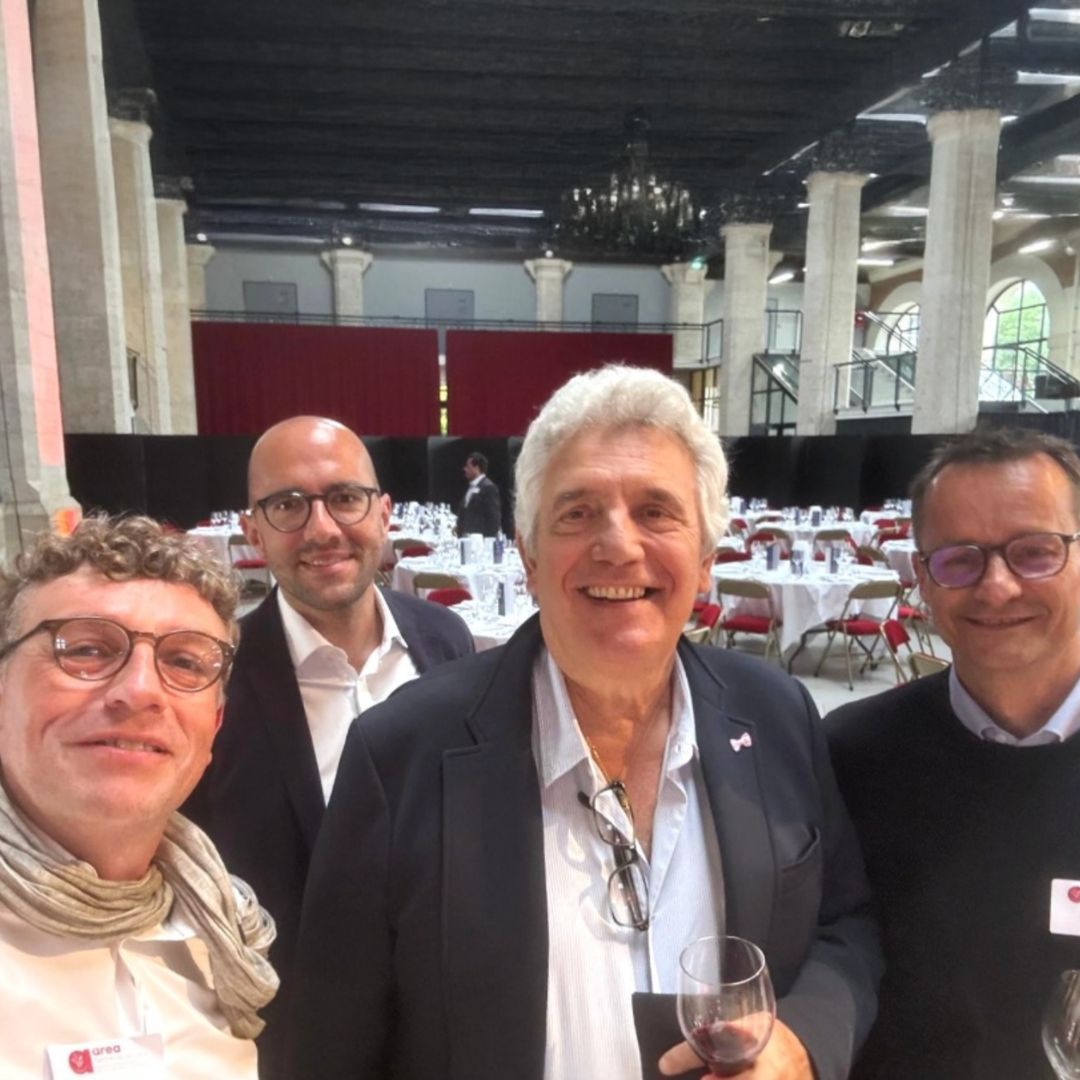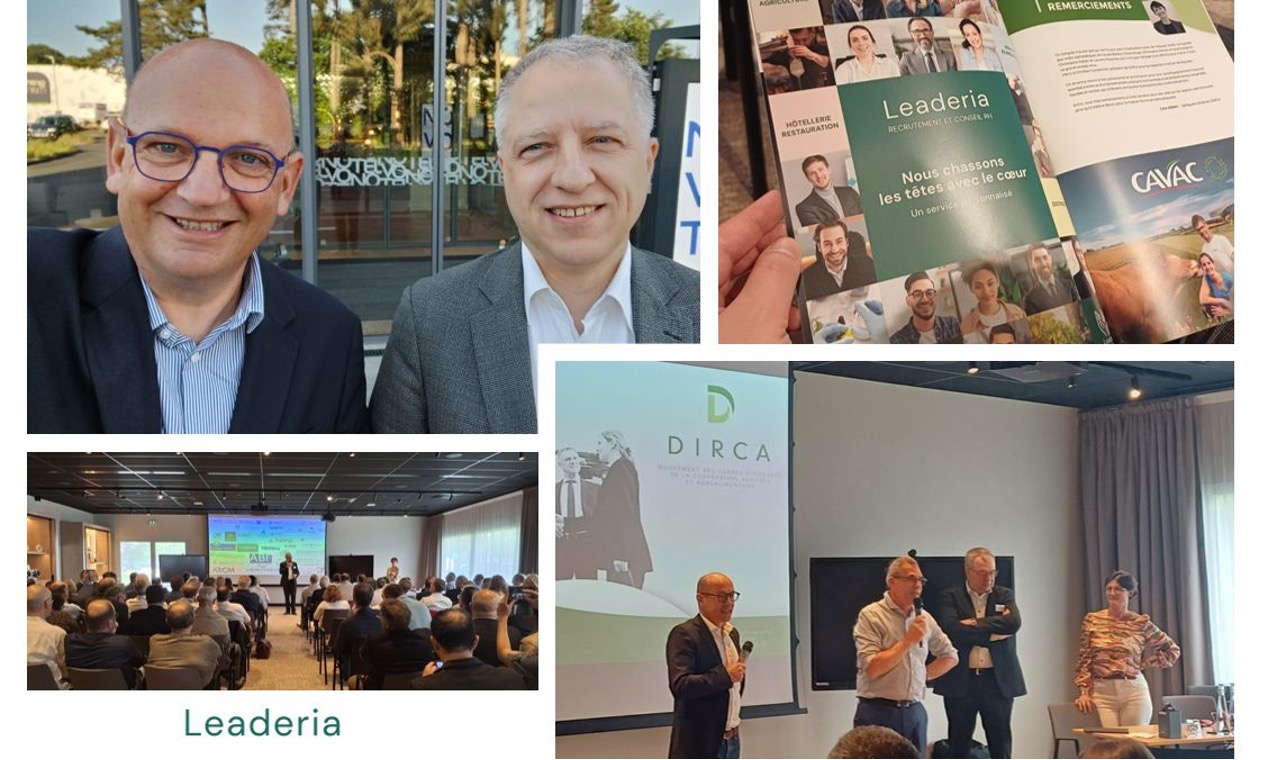
Hybrid management, regardless of the sector (agricultural, agri-food or hotel-catering), poses specific constraints to managers who must deal with different working methods: physical face-to-face and teleworking.
Practices have changed, management must adapt
The manager who does not have hybrid management codes can find himself in difficulty:
- New tools are implemented
- Professional support for teams needs to be strengthened
- Informal exchanges are more rare and communication between teams less fluid
- Non-verbal communication is more difficult to perceive
The proliferation of digital tools also amplifies the risks of hyperconnection, the barrier between private life and professional life can be undermined.
Faced with these challenges, the manager must position himself as a facilitator between the teams and project management. This new way of working requires employees to be increasingly empowered with increased autonomy. The manager then becomes a project manager and a mediator in his team.
Three fundamentals to consider for success
Accept change
This is a necessary first step to create a framework conducive to a hybrid organization: the company and the employees need to accept these changes and live with them on a daily basis. Today, 36% of managers have changed the way they manage their team and 24% of managers surveyed consider it normal for part of the team to work out of sync. *
Organize the use of digital
A hybrid organization requires, at its inception, support to find the right balance: hybrid meetings, chat systems, collaborative platform, etc. The manager’s role is then to support his team in the use of digital:
- Define availability ranges, with for example a shared calendar
- Define the regularity and length of breaks to limit the risk of hyperconnection
- Reduce meetings to make them more productive
- Define the different communication channels and for which communication they are dedicated
Supervise hybrid work
Hybrid management brings together all the practices for using the digital tools made available, but also the organization of workspaces: teleworking, co-working, face-to-face. The manager is both a logistician and a leader. He is responsible for instilling a vision and motivating his teams remotely and face-to-face. Different methods are possible for this:
- Organize team rituals
- Organize more frequent one-to-ones
- Set up more regular progress points
- Set up shorter deadlines
Today, the hybridization of organizations is no longer an option, it requires building relationships of trust with its teams.
*Source : Management & RSE
These articles might interest you

We Almost Played Handball with Claude Onesta
Leadership and Performance: What Companies Can Learn from Elite Sports At the AREA Centre-Val de Loire Gala, Claude Onesta, former head coach of the French handball team, delivered an inspiring and practical management lesson by blending his elite sports experience with business challenges. Aurélien VÉTAULT and Louis-Simon FAURE were present to hear a […]

We visited… The DIRCA congress in Angers
Leading Through Uncertainty: Key Takeaways from the DIRCA Annual Congress As agricultural and agri-food cooperatives face a series of profound changes — environmental transitions, regulatory pressures, and technological upheaval — the question of leadership has never been more central. The 2025 DIRCA Congress, the annual gathering of senior executives from the agricultural and agri-food cooperative […]

Interim management: when experience meets AI
From the ground to the table, AI will have taken just a few months to establish itself at every level of the value chain and reshuffle the cards. AI is optimising logistics, reducing waste and streamlining customer paths. The key role of interim management But while […]